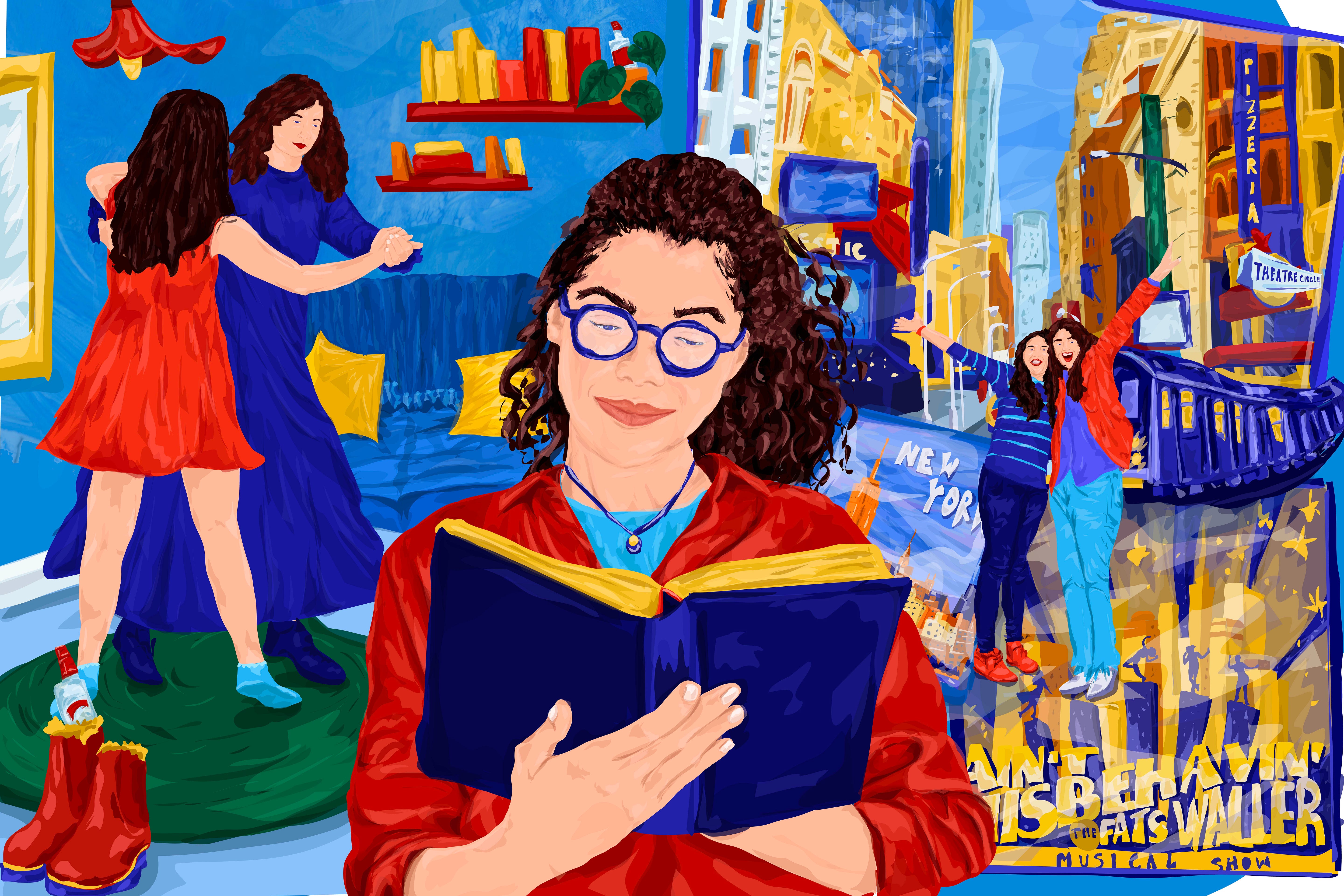Unburying My Mother’s Secret
In the last years of her life, a sudden revelation upended my entire image of my mom. It took a decade after her death—and another major life change—for me to see that both versions of her were real.
Last week, we kicked off our new series, The Personals, with an excellent piece from J Martin about love and loss and everything between. This week, we’re bringing you another Personals story that we’re super excited about, this one from essayist Cathy Alter. And wouldn’t you know it, love and loss are also key themes. 🙂 Without further ado…enjoy!


